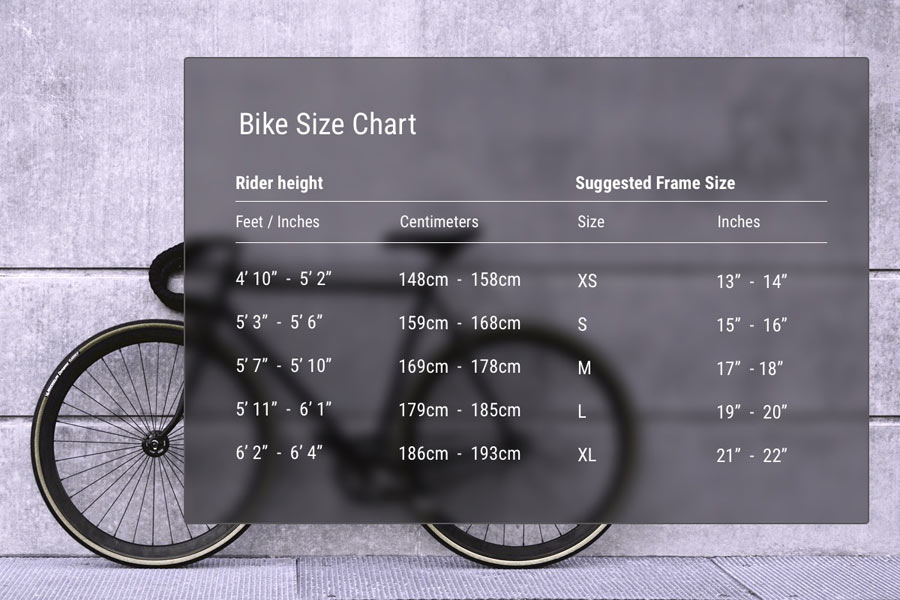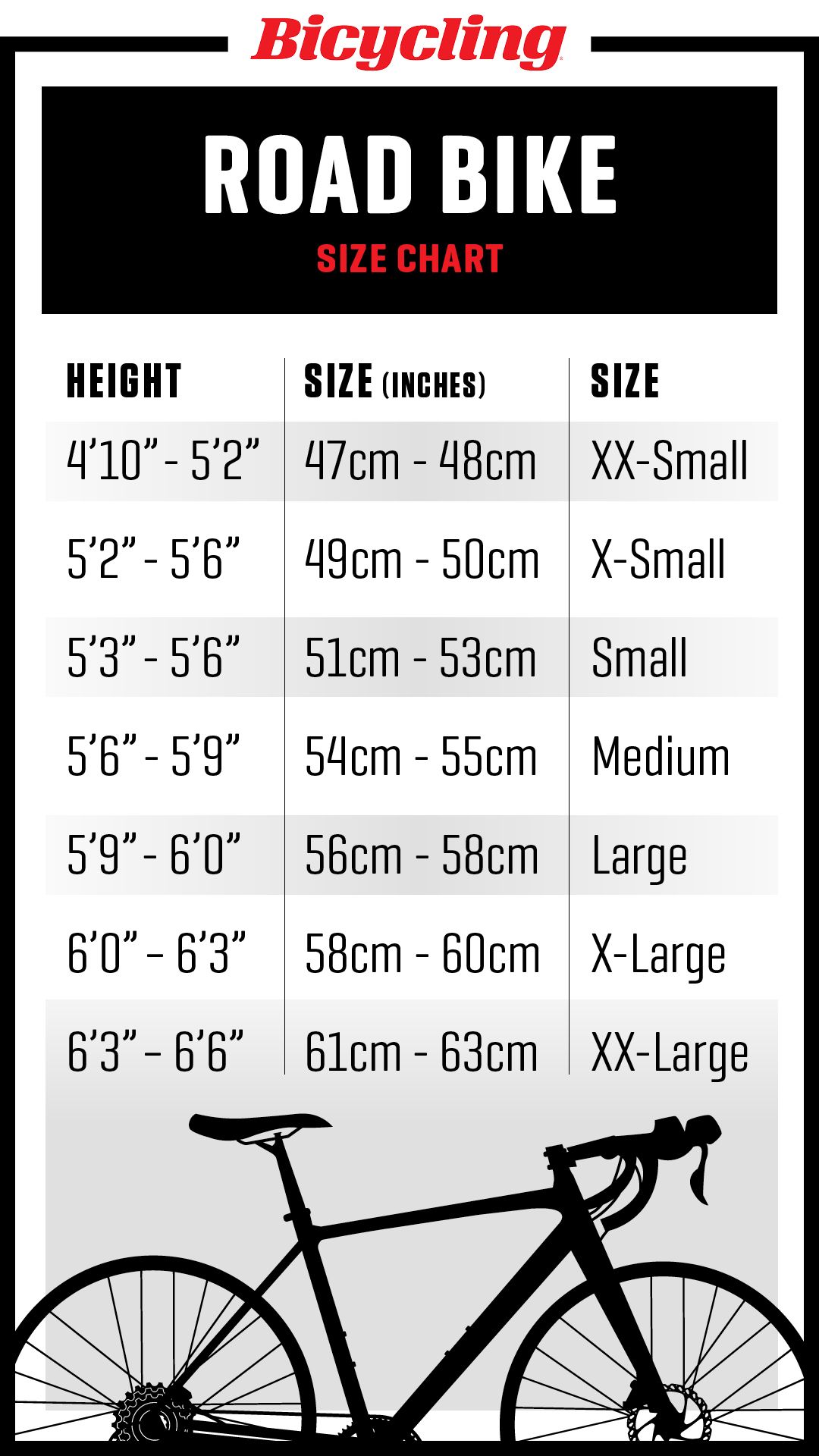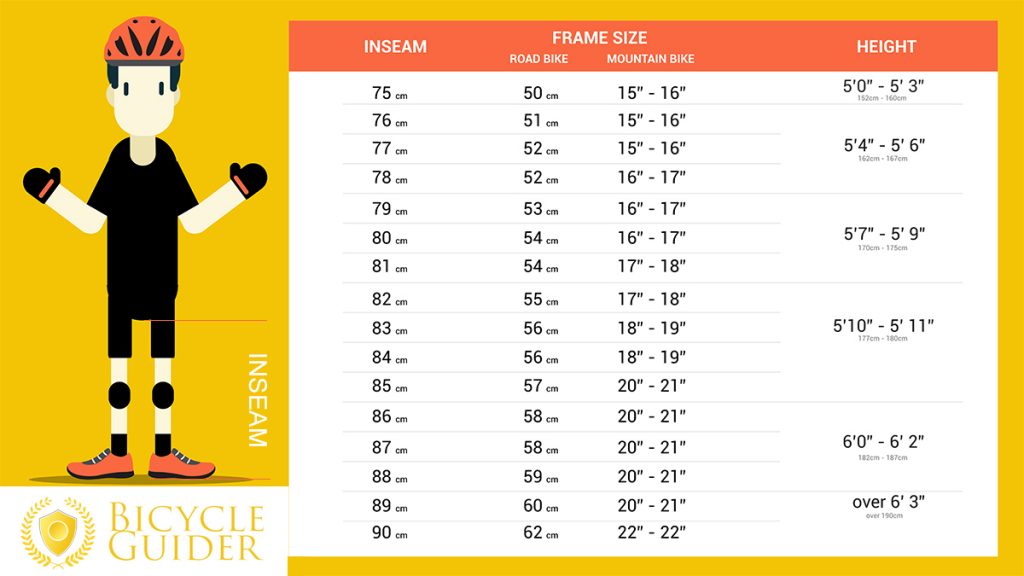Why Bike Sizing Matters: Avoiding Discomfort and Injury
When it comes to choosing a push bike, one of the most critical factors to consider is the size of the bike. Asking oneself “what size push bike do I need” is essential to ensure a comfortable and enjoyable ride. A bike that is too small or too large can lead to a range of issues, including discomfort, pain, and even injury. For instance, a bike that is too small can cause the rider to hunch over, putting strain on the back and neck, while a bike that is too large can make it difficult to control, increasing the risk of accidents.
Furthermore, an ill-fitting bike can also affect a rider’s performance and overall experience. When a bike is the right size, riders can maintain a comfortable riding position, allowing them to focus on the road ahead and enjoy the ride. On the other hand, a poorly fitting bike can lead to fatigue, soreness, and a lack of confidence, making it more difficult to navigate various terrains and conditions.
By taking the time to determine the ideal bike size, riders can avoid these common issues and ensure a safe, comfortable, and enjoyable ride. Whether you’re a seasoned cyclist or just starting out, finding the right bike size is crucial to getting the most out of your push bike.
Measuring Up: How to Determine Your Ideal Bike Size
To find the perfect push bike size, it’s essential to take precise measurements. This will ensure a comfortable and enjoyable ride, avoiding discomfort, pain, and injury. So, what size push bike do I need? Let’s break it down step-by-step.
First, measure your inseam by standing against a wall with your feet shoulder-width apart. Record the distance from the floor to the top of your inner thigh. This will give you an idea of the minimum seat height required.
Next, measure your arm length from the shoulder to the wrist. This will help determine the ideal handlebar height. A general rule of thumb is to look for a bike with handlebars that are at least 1-2 inches below the saddle height.
Consider your riding style as well. Are you a road cyclist, mountain biker, or commuter? Different riding styles require different bike sizes. For example, road cyclists often prefer a more aggressive riding position, which may require a smaller bike size. Mountain bikers, on the other hand, may prefer a larger bike size for added stability.
Once you have these measurements, you can start looking at bike size charts. Keep in mind that different manufacturers may have slightly different measurements, so it’s essential to check the specific chart for the bike you’re interested in.
By taking the time to measure yourself and research bike size charts, you’ll be well on your way to finding the perfect push bike size. Remember, what size push bike do I need is a crucial question to ask, and with these measurements, you’ll be able to find the answer.
Understanding Bike Size Charts: A Guide to Deciphering Manufacturer Measurements
When searching for the perfect push bike, understanding bike size charts is crucial. With various manufacturers offering different measurements, it can be overwhelming to determine what size push bike do I need. However, by grasping the basics of bike size charts, you’ll be able to make an informed decision and find the ideal bike for your needs.
Manufacturer measurements can vary, but most charts include the following key dimensions: seat tube length, top tube length, head tube angle, and wheel size. Seat tube length is the most critical measurement, as it determines the minimum and maximum saddle height. Top tube length affects the reach and comfort of the bike, while head tube angle influences the handling and stability. Wheel size is also essential, as it impacts the overall size and maneuverability of the bike.
To convert between manufacturer measurements, it’s essential to understand the different sizing systems. Some manufacturers use a numerical system (e.g., 52cm, 54cm), while others use a descriptive system (e.g., small, medium, large). Be sure to check the specific chart for the bike you’re interested in, as conversion rates may vary.
When reading a bike size chart, look for the recommended rider height range and inseam measurement. This will give you an idea of the ideal bike size based on your body dimensions. Keep in mind that these are general guidelines, and the best way to ensure a perfect fit is to test ride the bike.
By understanding bike size charts and manufacturer measurements, you’ll be able to narrow down your search and find the perfect push bike size. Remember, what size push bike do I need is a crucial question to ask, and with this knowledge, you’ll be one step closer to finding your dream bike.
How to Choose the Right Bike Size for Your Riding Style
When it comes to selecting the perfect push bike size, riding style plays a significant role. Different riding styles require different bike sizes, and understanding these nuances is crucial to finding the ideal fit. So, what size push bike do I need for my riding style?
Road cyclists, for example, often prefer a more aggressive riding position, which may require a smaller bike size. This allows for a more aerodynamic position, with the rider’s body positioned over the bike. In contrast, mountain bikers may prefer a larger bike size for added stability and control on rough terrain.
Commuter riders, on the other hand, may prioritize comfort and practicality over performance. A slightly larger bike size with a more upright riding position can provide a more comfortable ride, while also allowing for easy maneuverability in traffic.
When choosing a bike size for your riding style, consider the following factors: seat height, handlebar height, and wheel size. Seat height should be adjusted to allow for a slight bend in the knee, while handlebar height should be set to provide a comfortable riding position. Wheel size will impact the overall size and maneuverability of the bike.
For road cyclists, a smaller wheel size (e.g., 700c) may be preferred, while mountain bikers may opt for a larger wheel size (e.g., 27.5″ or 29″) for added stability. Commuter riders may prefer a mid-size wheel (e.g., 650b) for a balance of comfort and maneuverability.
By understanding the specific demands of your riding style and considering these key factors, you’ll be able to find the perfect push bike size. Remember, what size push bike do I need is a crucial question to ask, and with this knowledge, you’ll be one step closer to finding your dream bike.
Real-Life Examples: Finding the Perfect Fit with Popular Push Bike Models
Now that we’ve covered the importance of bike sizing, measuring, and understanding bike size charts, let’s put these concepts into practice with some real-life examples. We’ll explore how to apply these principles to find the perfect fit with popular push bike models, such as the Trek FX and Specialized Sirrus.
Take, for instance, the Trek FX, a versatile hybrid bike suitable for commuting, fitness, and recreational riding. According to Trek’s size chart, a rider with an inseam of 32-34 inches would require a small frame size. However, if you’re looking for a more upright riding position, you may prefer a medium frame size, which would provide a slightly longer top tube and more comfortable riding position.
Another popular model is the Specialized Sirrus, a fitness bike designed for comfort and performance. Specialized’s size chart recommends a small frame size for riders with an inseam of 29-31 inches. However, if you have a longer arm length, you may prefer a medium frame size to ensure a comfortable reach to the handlebars.
When applying bike size charts to real-life examples, it’s essential to consider your riding style, inseam measurement, arm length, and personal preferences. By doing so, you’ll be able to find the perfect fit and enjoy a comfortable, efficient ride. Remember, what size push bike do I need is a crucial question to ask, and with these examples, you’ll be better equipped to find your ideal bike size.
By examining these real-life examples, you’ll gain a deeper understanding of how to apply bike size charts and measurements to find the perfect fit. Whether you’re looking for a hybrid bike like the Trek FX or a fitness bike like the Specialized Sirrus, taking the time to research and measure will ensure a comfortable, enjoyable ride.
Common Mistakes to Avoid When Buying a Push Bike
When buying a push bike, it’s easy to get caught up in the excitement of finding the perfect ride. However, there are common mistakes that can lead to discomfort, pain, and even injury. By being aware of these mistakes, you can avoid them and find the ideal bike size that meets your needs.
One of the most common mistakes is not considering your riding style. Whether you’re a road cyclist, mountain biker, or commuter, your riding style plays a significant role in determining the right bike size. Failing to consider your riding style can result in a bike that’s too small or too large, leading to discomfort and poor performance.
Another mistake is not test riding the bike. Test riding allows you to experience the bike’s fit and feel, ensuring that it’s comfortable and suitable for your riding style. Without test riding, you may end up with a bike that’s not ideal for your needs, leading to disappointment and frustration.
Additionally, many people fail to measure themselves accurately, leading to an incorrect bike size. This can be avoided by following the step-by-step guide to measuring yourself, as outlined in our previous section. By taking the time to measure yourself correctly, you’ll be able to find the perfect fit.
Finally, some people neglect to research and understand bike size charts. This can lead to confusion and uncertainty when
Test Ride and Adjust: Fine-Tuning Your Bike Fit for Optimal Comfort
Once you’ve found a push bike that meets your size requirements, it’s essential to test ride it to ensure a comfortable and optimal fit. Test riding allows you to experience the bike’s fit and feel, making any necessary adjustments to achieve the perfect ride.
When test riding, pay attention to the saddle height, handlebar position, and pedal alignment. These factors can significantly impact your comfort and performance on the bike. Make sure the saddle height is correct, allowing you to put both feet flat on the ground when stopped. The handlebar position should be comfortable, allowing you to maintain a relaxed riding position. Finally, ensure the pedal alignment is correct, allowing for efficient pedaling and minimizing strain on your knees and ankles.
Additionally, consider the bike’s ergonomics, such as the distance between the saddle and handlebars, and the angle of the handlebars. These factors can impact your comfort and performance, so it’s essential to find a bike that fits your body and riding style.
Remember, what size push bike do I need is just the starting point. Fine-tuning your bike fit through test riding and adjustments is crucial to achieving optimal comfort and performance. By taking the time to test ride and adjust, you’ll be able to find the perfect push bike that meets your needs and enhances your riding experience.
Don’t be afraid to ask for help from a professional bike fitter or salesperson. They can provide valuable insights and adjustments to ensure the perfect fit. With patience and attention to detail, you’ll be able to find the ideal push bike that provides years of comfortable and enjoyable riding.
Conclusion: Finding Your Dream Push Bike with the Right Size
In conclusion, finding the right push bike size is crucial to ensuring a comfortable and enjoyable riding experience. By understanding the importance of bike sizing, measuring oneself accurately, and researching bike size charts, individuals can make informed decisions when purchasing a push bike.
Remember, what size push bike do I need is a question that requires careful consideration. By avoiding common mistakes, such as not considering riding style or failing to test ride, individuals can find the perfect fit. Fine-tuning the bike fit through test riding and adjustments is also essential to achieving optimal comfort and performance.
By following the guidelines outlined in this article, individuals can find their dream push bike that meets their unique needs and riding style. Whether you’re a road cyclist, mountain biker, or commuter, the right push bike size can make all the difference in your riding experience.
Take the time to measure, research, and test ride before making a purchase. With patience and attention to detail, you’ll be able to find the perfect push bike that provides years of comfortable and enjoyable riding. Don’t settle for an ill-fitting bike – find your perfect fit today!








